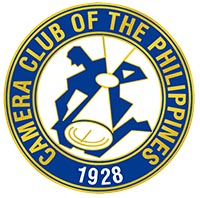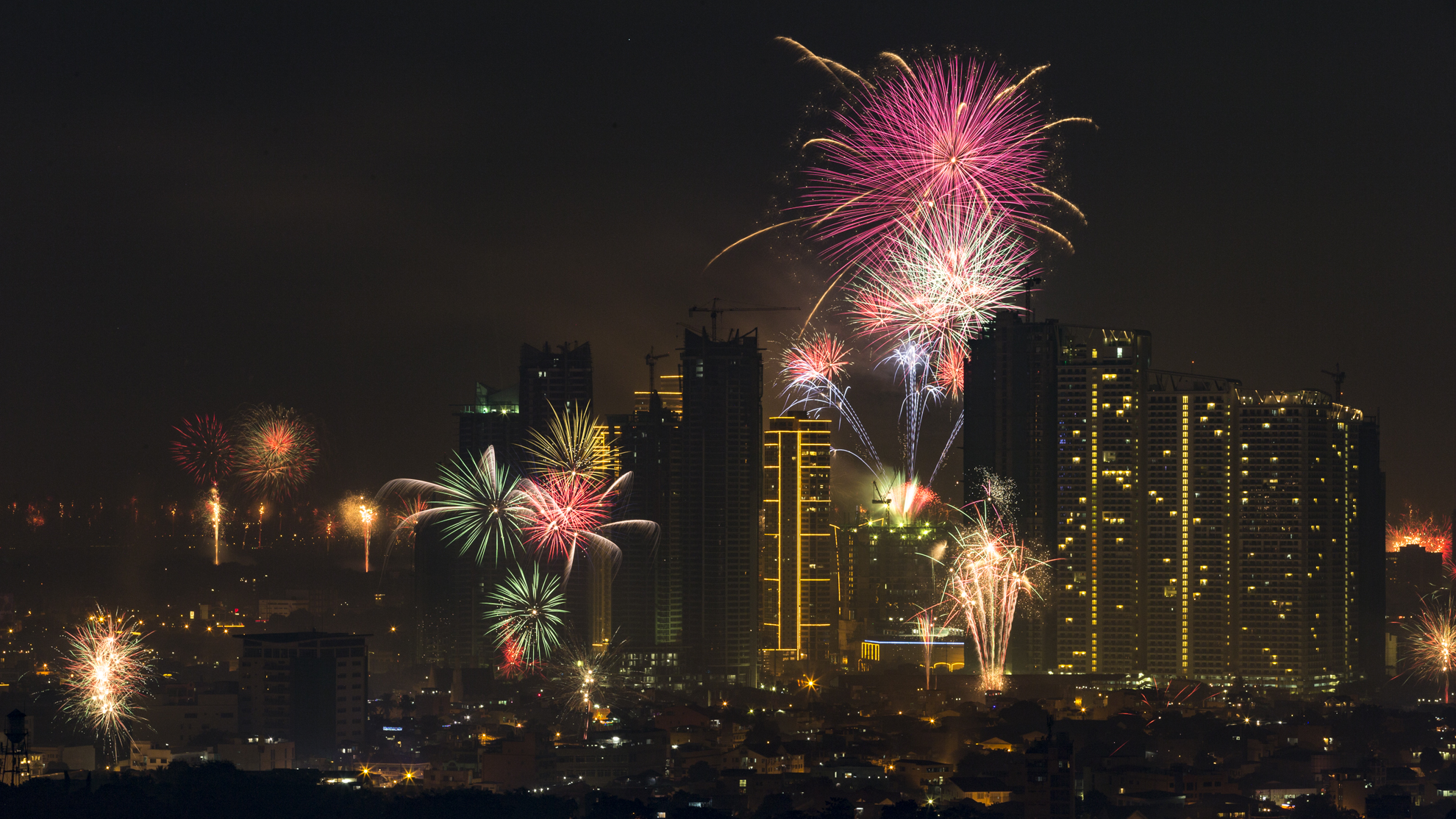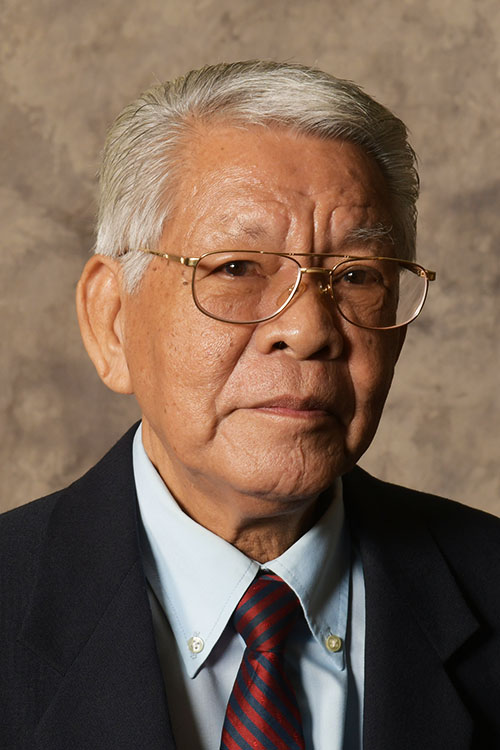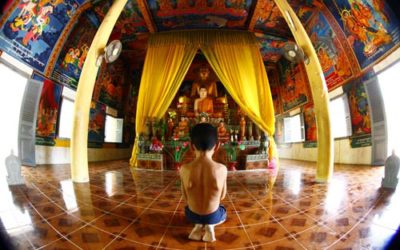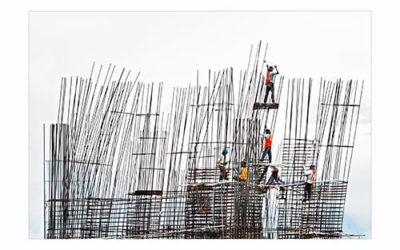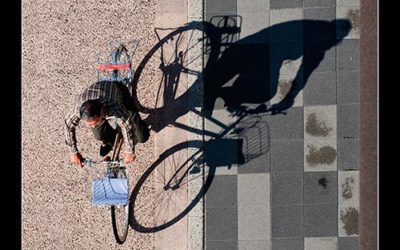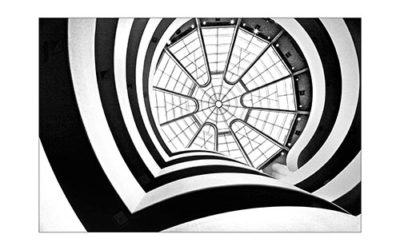Happy new year!
Nothing marks the start of a New Year more apparent and with a bang than a good firework show. Regardless of your age or social class, you anticipate the predictable ending to every traditional New Year’s Eve countdown with the same excitement and awe. For two years now, I have had the benefit of watching Metro Manila celebrate New Year’s Eve from a 180-degree view of the City — from the edge of Ortigas Center, crossing Bonifacio Global City, converging in Rockwell and Ayala Avenue at the middle, all the way to Roxas Boulevard.
Catching a firework show over a canvass of an iconic skyline is definitely in most photographers’ bucket list. There are many methods or technique to produce a photograph with fireworks. Some composite multiple captures of fireworks or digitally created vectors and layer them over a stock background. As a mere personal preference, I prefer my photograph of a fireworks show to come from a single shot or frame without creating a composite image. I share the method and process I go through in capturing Metro Manila’s New Year’s Eve Celebration for the past 2 years now:
- Anticipate where the fireworks will happen. When I was studying landscape photography, my mentors always taught me the value of preparation, research, and an ocular inspection. I search the internet of the fireworks show and reviews for the previews years, and also of announcements or invitations of this year’s New Year’s Eve celebration. I also check out the websites or social media of big fireworks distributors to know where we may expect their products to be used.
Even before the fireworks happen, I already choose the “canvass” or frame that I want to use, and also practice the different angles I intend to use during the night. A 15-minute grand firework display will already cause hundreds of thousands of pesos, so you can more or less guess that will be your short window of opportunity, if not less.
In choosing my anticipated frame, I keep enough space in the sky and the sides. I also always try to keep my horizon straight. - Use a tripod. This is mandatory because of the settings that I prefer to use. This also allows you to use a lower ISO for a less noisy photograph, and also mitigates blurring or unnecessary movement. Furthermore, it allows you to simultaneously eat the sumptuous media noche your Lola prepared for you while you are shooting.
- Get the exposure of your foreground/background correct first. There is no need to worry about underexposing the fireworks since the fireworks will produce adequate light. I usually shoot with Shutter Speed ranging from 15 seconds to 30 seconds. I like to expose long to capture more. I set my aperture somewhere between f8 to f16 and focus around a third of the frame to keep most of the subject in the frame sharp. Then ISO is adjusted between ISO 100 to ISO 400. The pre-fireworks exposure should be around one-stop under exposed.

- Wait and anticipate, then shoot. You can almost guarantee that the show will intensify and the big guns will go ablaze somewhere between 11:50pm to 12:15am. Once those baby rockets go up start exposing. It helps to have an intravalometer so you can just set it to continuously shoot for the next 20 to 30 minutes with the same setting, and taking breaks only to change angles or view. The best fireworks for photographs, in my opinion, are the big round ones. The round shape of the firework provides a good juxtaposition with rectangular shapes of the buildings. Don’t forget to eat and kiss everyone happy new year in between the long exposures.
- Post processing. If you framed correctly, should be simple global editing using the Dehaze, Clarity, and a boost of Vibrance sliders in lightroom or any equivalent post-processing application.
There you have it: New Year’s Eve Fireworks show as a single shot color photo.
Special Bonus: Timelapse Video welcoming the New Year 2018!
